
views
Creating a Homemade Mosquito Trap

Find a large box fan. You can purchase a high-volume fan which sucks air in rather than out when compared to traditional fans from a home improvement store or a department store. Choose one with a metal frame, since you'll be using magnets in this trap. With this and a few other supplies, you can create a trap that will reduce the number of mosquitoes around at least in the short term. Its effect on long-term populations is unknown, but following the advice in the breeding prevention section as well is recommended. If you are trapping mosquitoes in your yard, you may need a long extension cord as well, so you can plug the fan into an indoor outlet.
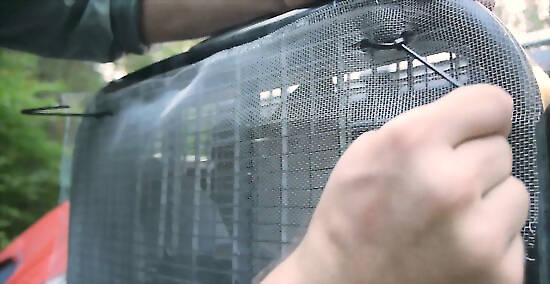
Use zip ties or magnets to attach a mesh screen over one side. Cover the front of the fan completely with a length of fine, insect-proof, metal mesh. Use several strong zip ties/magnets to attach the screen to the fan frame.
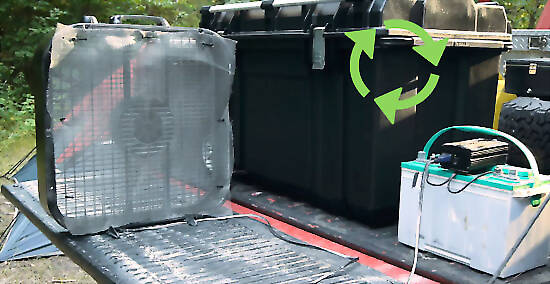
Let the fan run. Whenever an area is overrun with mosquitoes, turn on the fan and let it run for at least a few hours. There will usually be a noticeable reduction in the number of mosquitoes for a day or two, although whether this translates to a long-term reduction is unclear.

Kill the mosquitoes with diluted isopropyl alcohol. Mix an equal amount of 70% isopropyl alcohol and water into a spray bottle. Spray the solution (alcohol and water) on the screen to kill them, avoiding the central fan motor. You can now leave the screen of dead mosquitoes outside to feed other animals, or shake them into an exterior trash can. The screen is reusable. Consider picking moths or other non-mosquito insects off the screen before spraying.
Trying Other Mass Control Methods
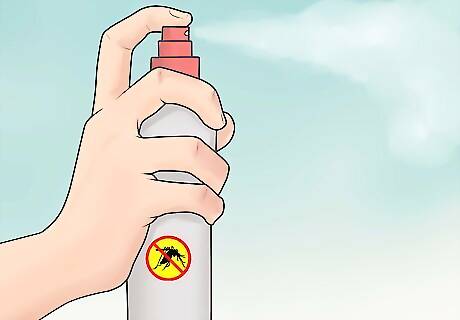
Spray insecticide for a temporary solution. DEET is the most effective pesticide for repelling mosquitoes, but it will only last a few hours at most, and can kill beneficial insects in your yard as well. Other insecticides may cause less collateral damage, but tend to be less effective, shorter lasting, and/or designed to work on clothing rather than large areas. Check the label to see if the pesticide is approved for the intended use by the Environmental Protection Agency or another regulatory organization.
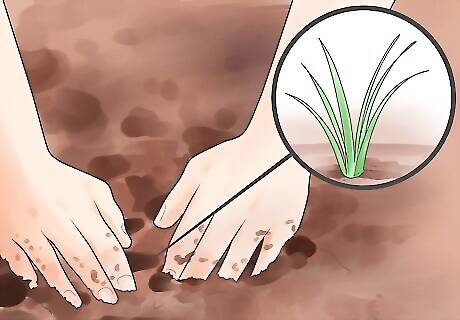
Consider a mosquito-repelling plant. The one plant proven to repel mosquitoes is the lantana plant, but be aware that this can be poisonous to pets, can cause allergic reactions, and is an invasive species in some areas. Other plants may have a minor effect, but try these only if you enjoy them in your garden or are willing to plant a large quantity: Citronella, lemon grass, any citrus fruit, basil, rosemary, mint, or catnip may all have a minor effect.
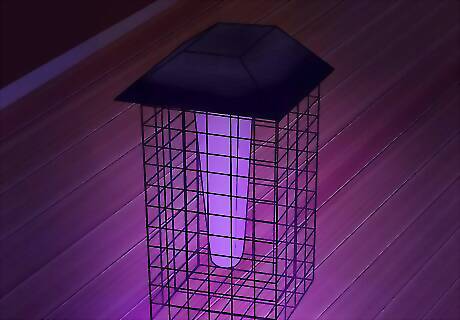
Be skeptical of bug zappers and ultrasound machines. Bug zapper traps can seem effective because of loud sounds, bright lights, or sparks. However, most of the insects killed are not mosquitoes, and they can even kill insects that would normally eat or compete with mosquitoes. Ultrasound devices are simply not effective. Some mosquito-killing traps work using a fan system, very similar to the homemade trap described above. These can be effective, at least temporarily.

Use temporary measures. Mosquitoes tend to avoid smoke, and will be blasted away by a strong fan. Dinner on the patio might not be as pleasant if you are sitting in a smoke cloud or wind tunnel, but if you only care about keeping them away for the next few minutes, this is one option. Citronella candles are mostly effective due to the smoke, not the scent. Any candle will work almost as well.
Killing Mosquito Larvae
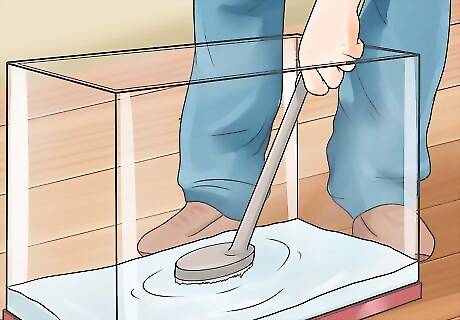
Empty or treat standing water. Still water is breeding grounds for mosquito larvae. Regularly empty all rain barrels, kiddie pools, pet water dishes, and other water containers. For puddles and other sources of water you can't pour out, add an insecticide targeted at killing mosquito larvae. Always read the warning label on insecticides to find out if pets or young children could be harmed by drinking the treated water. Products that use bacterial agents to kill the larvae, rather than chemicals, are typically safer for other animal life.
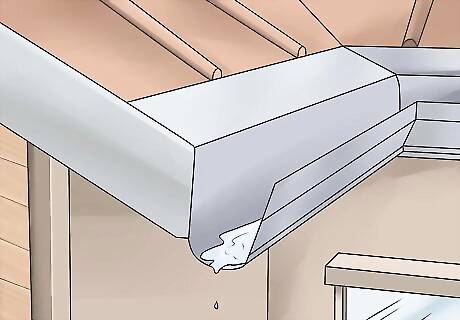
Clean out gutters and trash piles. These are sources of standing water, and therefore mosquito breeding grounds, that you may not have thought of. Eliminate clutter from your yard often, especially during rainy weather.
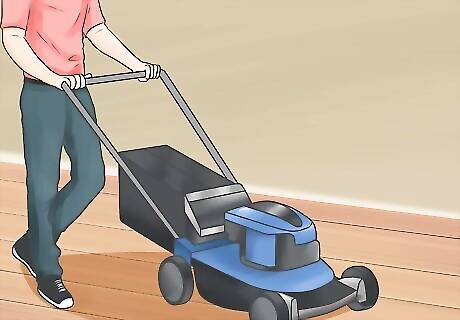
Keep lawns and shrubs trimmed and free of pools. Keeping your lawn well-mowed and your shrubs trimmed back reduces the chance that pools of dew or rainwater will be trapped. Water your garden only as much as needed, making the soil moist but not soaked or covered in puddles.
Killing a Single Mosquito

Turn on a lamp or flashlight. Mosquitoes are attracted to lights, but if one is already buzzing around the room, there's no point turning them off. Keep a bright spot in your room to lure the mosquito to its doom. Mosquitoes are not attracted to sodium lights, LED lights, and yellow "bug lights." Use these as night lighting to reduce the number of mosquitoes that show up, but not to attract a single mosquito victim.

Try using a vacuum cleaner. Ready the hose attachment on a larger vacuum. Once you've spotted a mosquito, turn on the vacuum and hunt it down. Once sucked in, the bug should die in the vacuum cleaner bag, but you can always empty the bag outside if you'd like to be sure. If this sounds like too much effort for one mosquito, you can keep reading to remind yourself of more traditional methods.
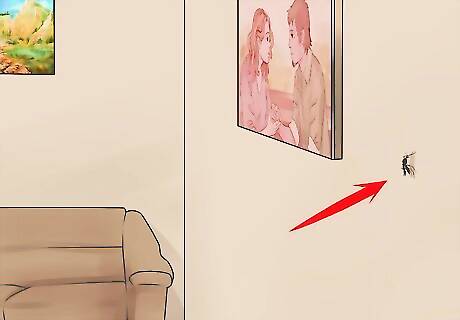
Wait for the mosquito to land on a wall. If you continue to follow it with your eyes, or even to walk toward it to scare it into moving away from you and against a wall, then this should only take a minute or two. If the mosquito won't land, try to kill it by clapping both hands together around it as it flies. This may take several tries.

Swat the mosquito with any long object. A rolled magazine, newspaper, or other old paper are all good options for increasing the force and reach of your swat. A shirt, book or other object will also work, as long as you're prepared to wash or wipe the squashed bug off afterward. Once you've successfully killed the mosquito, cackle maniacally and move on with your day. You can purchase a fly swatter for this purpose, or even an electrified one that only needs to lightly touch the insect to kill it.

Trap it with a glass. If the mosquito keeps flying away before your whack lands, it's probably reacting to the rush of air that precedes your strike. Try rapidly moving a clear glass onto the surface the mosquito has landed on instead, trapping it inside. Slide a piece of paper or cardboard between the glass and the surface so you can move the trapped mosquito. Toss it outside, carefully remove the paper and squish it, or just leave the trapped mosquito to suffocate.










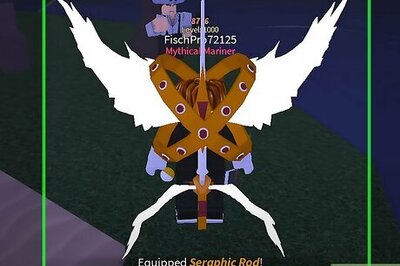






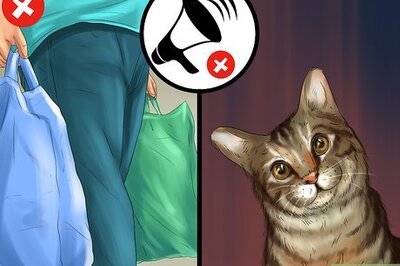
Comments
0 comment